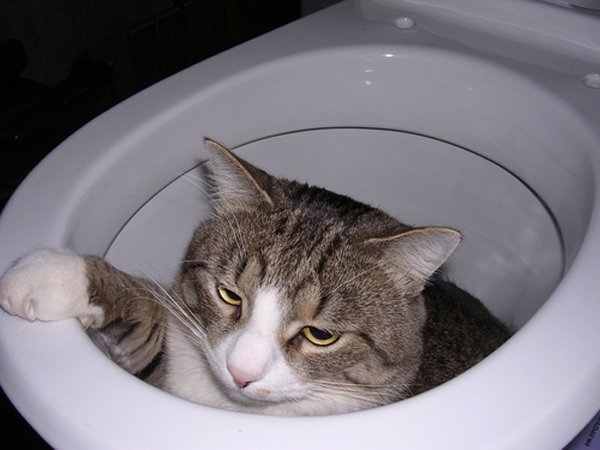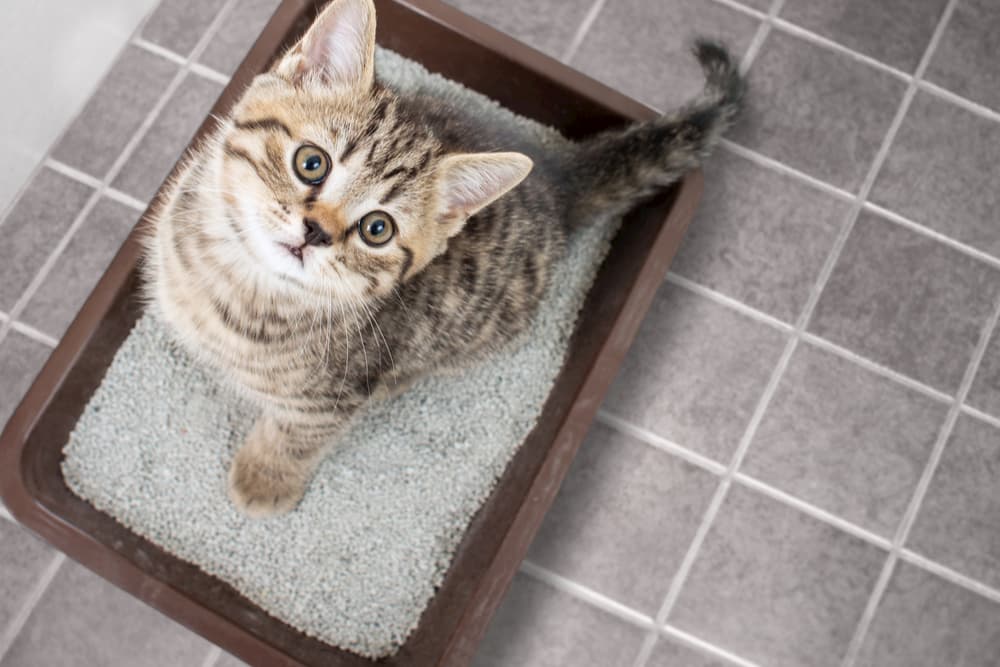Why Flushing Cat Poop Down Your Toilet Can Cause Problems - Tips for Proper Handling
Why Flushing Cat Poop Down Your Toilet Can Cause Problems - Tips for Proper Handling
Blog Article
What are your thoughts concerning How to Dispose of Cat Poop and Litter Without Plastic Bags?

Intro
As cat owners, it's important to bear in mind how we throw away our feline pals' waste. While it may seem practical to purge pet cat poop down the commode, this technique can have destructive repercussions for both the environment and human health and wellness.
Alternatives to Flushing
Fortunately, there are more secure and much more accountable methods to throw away pet cat poop. Consider the following choices:
1. Scoop and Dispose in Trash
The most usual approach of dealing with pet cat poop is to scoop it into a naturally degradable bag and toss it in the trash. Be sure to make use of a devoted trash inside story and take care of the waste promptly.
2. Use Biodegradable Litter
Select eco-friendly cat clutter made from materials such as corn or wheat. These litters are eco-friendly and can be safely taken care of in the garbage.
3. Bury in the Yard
If you have a lawn, take into consideration burying feline waste in an assigned location far from veggie yards and water resources. Make certain to dig deep enough to avoid contamination of groundwater.
4. Set Up a Pet Waste Disposal System
Purchase a family pet garbage disposal system especially created for pet cat waste. These systems utilize enzymes to break down the waste, minimizing odor and environmental impact.
Health Risks
Along with ecological issues, flushing pet cat waste can additionally present wellness threats to people. Pet cat feces might contain Toxoplasma gondii, a parasite that can cause toxoplasmosis-- a potentially serious illness, particularly for pregnant females and individuals with damaged immune systems.
Environmental Impact
Purging cat poop introduces damaging virus and bloodsuckers into the water system, posing a significant danger to marine communities. These impurities can adversely influence aquatic life and concession water high quality.
Conclusion
Liable animal possession extends past offering food and sanctuary-- it additionally entails correct waste management. By refraining from flushing feline poop down the commode and opting for different disposal approaches, we can lessen our ecological footprint and safeguard human health.
Why Can’t I Flush Cat Poop?
It Spreads a Parasite
Cats are frequently infected with a parasite called toxoplasma gondii. The parasite causes an infection called toxoplasmosis. It is usually harmless to cats. The parasite only uses cat poop as a host for its eggs. Otherwise, the cat’s immune system usually keeps the infection at low enough levels to maintain its own health. But it does not stop the develop of eggs. These eggs are tiny and surprisingly tough. They may survive for a year before they begin to grow. But that’s the problem.
Our wastewater system is not designed to deal with toxoplasmosis eggs. Instead, most eggs will flush from your toilet into sewers and wastewater management plants. After the sewage is treated for many other harmful things in it, it is typically released into local rivers, lakes, or oceans. Here, the toxoplasmosis eggs can find new hosts, including starfish, crabs, otters, and many other wildlife. For many, this is a significant risk to their health. Toxoplasmosis can also end up infecting water sources that are important for agriculture, which means our deer, pigs, and sheep can get infected too.
Is There Risk to Humans?
There can be a risk to human life from flushing cat poop down the toilet. If you do so, the parasites from your cat’s poop can end up in shellfish, game animals, or livestock. If this meat is then served raw or undercooked, the people who eat it can get sick.
In fact, according to the CDC, 40 million people in the United States are infected with toxoplasma gondii. They get it from exposure to infected seafood, or from some kind of cat poop contamination, like drinking from a stream that is contaminated or touching anything that has come into contact with cat poop. That includes just cleaning a cat litter box.
Most people who get infected with these parasites will not develop any symptoms. However, for pregnant women or for those with compromised immune systems, the parasite can cause severe health problems.
How to Handle Cat Poop
The best way to handle cat poop is actually to clean the box more often. The eggs that the parasite sheds will not become active until one to five days after the cat poops. That means that if you clean daily, you’re much less likely to come into direct contact with infectious eggs.
That said, always dispose of cat poop in the garbage and not down the toilet. Wash your hands before and after you clean the litter box, and bring the bag of poop right outside to your garbage bins.
https://trenchlesssolutionsusa.com/why-cant-i-flush-cat-poop/

I came across that blog entry about Can You Flush Cat Poop Down The Toilet? while doing a lookup on the web. Sharing is nice. Helping people is fun. We enjoy reading our article about Don’t flush cat feces down the toilet.
Get Quote Report this page